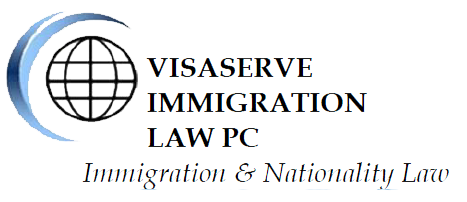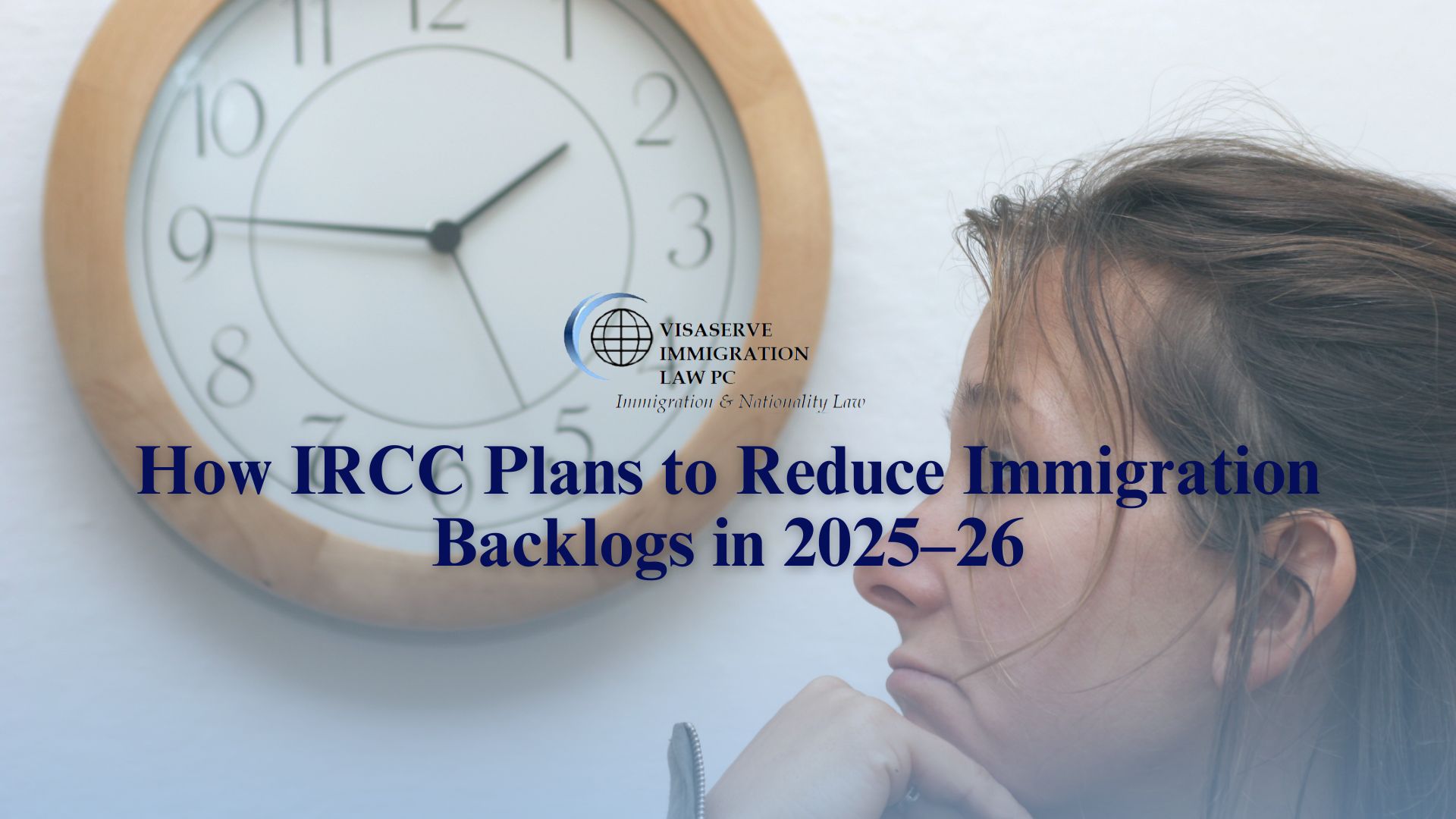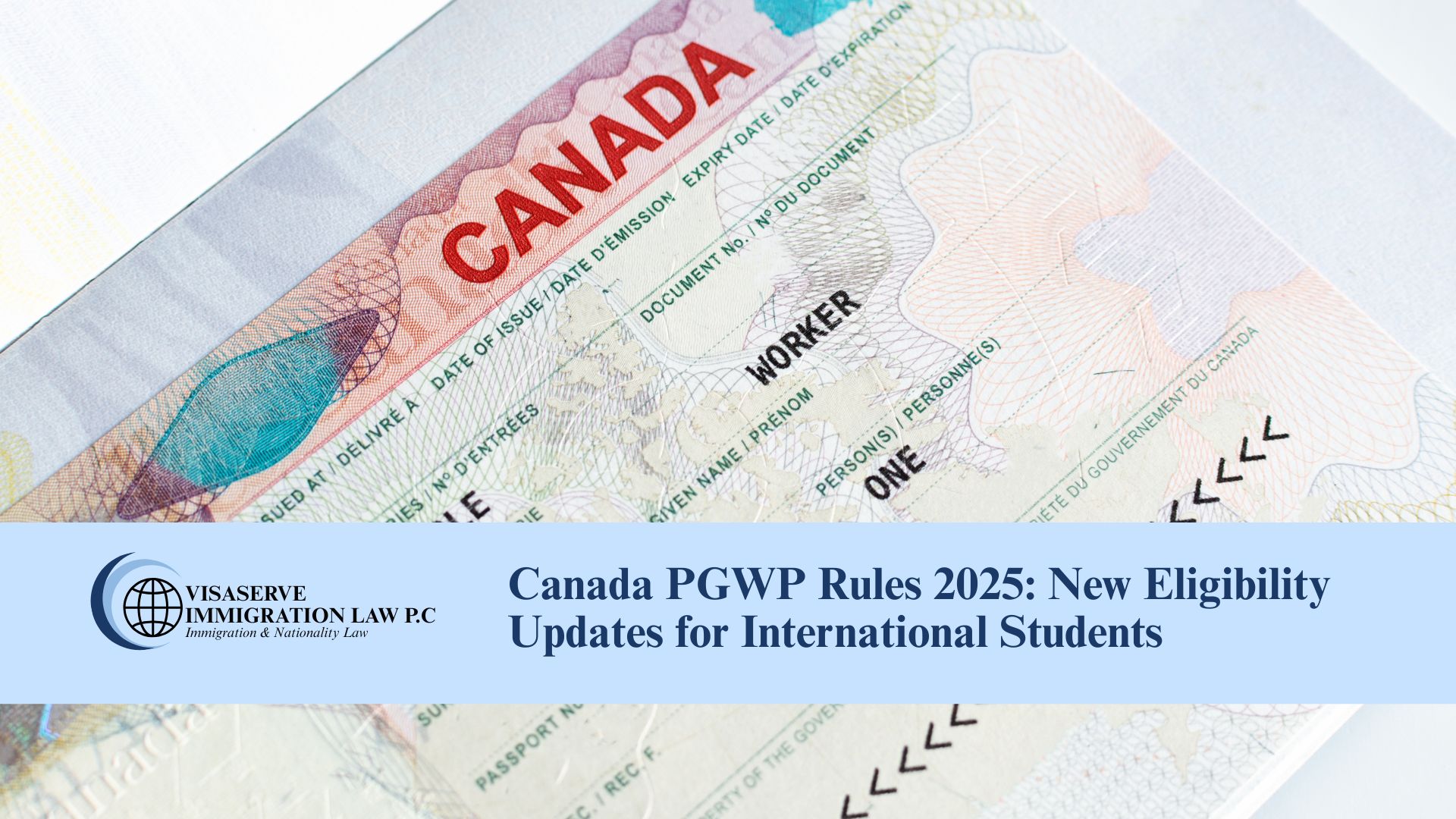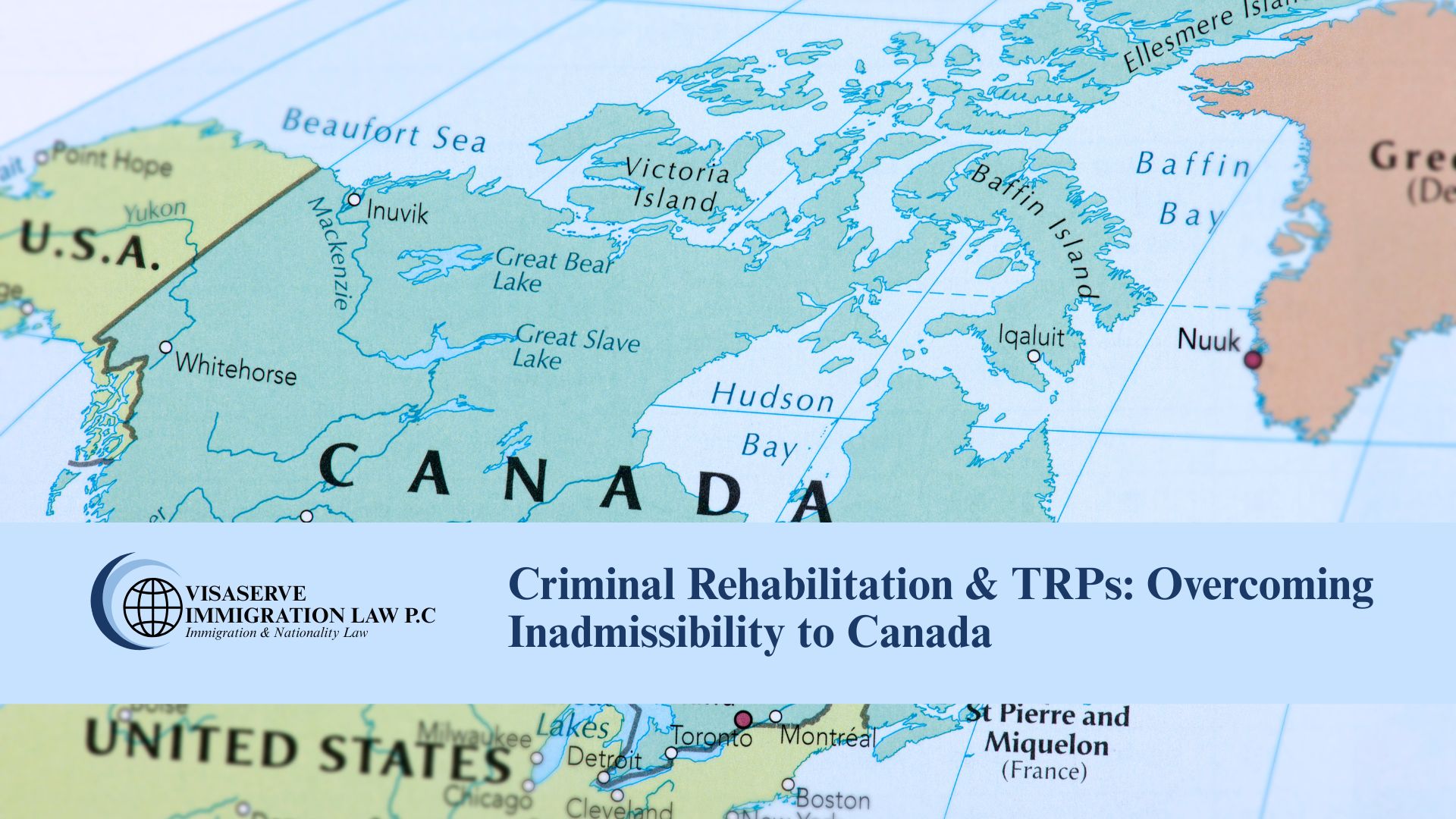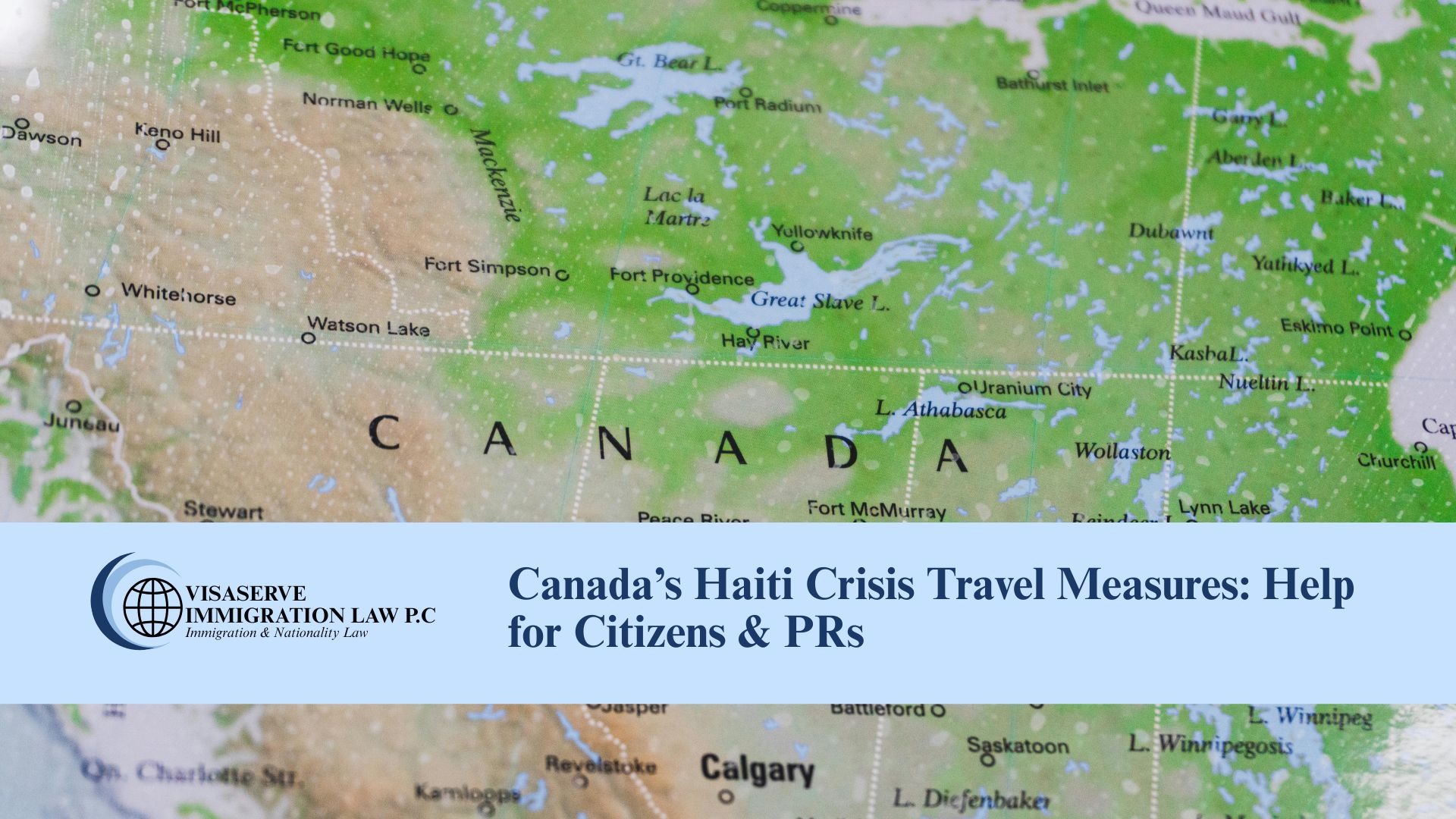Canada’s immigration system is undergoing major structural changes in 2025–26. With ongoing demands for faster processing and greater transparency, Immigration, Refugees and Citizenship Canada (IRCC) is investing heavily in internal services, digital infrastructure, and workforce planning to address application backlogs and service delivery issues. Here’s how IRCC is positioning itself to improve outcomes for applicants, visa holders, and permanent residents across Canada.
A Digital-First Approach to Application Processing
At the heart of IRCC’s 2025–26 plan is Digital Platform Modernization—a phased rollout of new technologies aimed at enhancing user experience and speeding up case handling. Key initiatives include:
-
Single-Window Online Account: IRCC is introducing a unified digital portal for all applicants. This platform will allow individuals to access services, apply for visas, and check real-time application status, all in one place.
-
Case Management Platform: Replacing the legacy Global Case Management System (GCMS), the new system will serve as the central engine for processing applications and issuing immigration documents. This long-term upgrade is critical to reducing delays and modernizing decision-making.
Responsible Use of Artificial Intelligence
IRCC will expand its use of artificial intelligence (AI) to support—but not replace—human officers in the immigration decision-making process. AI will be used to:
-
Identify routine cases for faster triage.
-
Enhance fraud detection and strengthen program integrity.
-
Support analytics and business decisions to reduce processing bottlenecks.
Importantly, AI will not be used to refuse applications or deny entry. Human discretion remains at the core of all decisions, in alignment with Canada’s public service values and international best practices.
Better Data, Faster Service
A new Data Service Strategy, set to launch by 2025–26, will improve IRCC’s ability to manage and analyze immigration data. This includes:
-
More transparent, evidence-based performance tracking.
-
Faster responses to applicant queries through enhanced internal systems.
-
Reduced ATIP (Access to Information and Privacy) requests by enabling clients to view their data digitally.
Strengthening the Workforce
Immigration backlogs reduction isn’t just about technology—it also depends on people. IRCC is prioritizing its Workforce and Workplace Strategy (2025–28) to create a diverse, bilingual, and high-performing public service. Key measures include:
-
Streamlined accommodation and support processes for staff.
-
Conflict resolution and an Ombuds Office to address systemic workplace concerns.
-
Targeted hiring and mobility plans to retain top talent and reduce internal delays.
Financial and Human Resource Commitment
IRCC will allocate $629.2 million to internal services and employ over 3,000 full-time staff in support roles for 2025–26. Despite an overall reduction in spending over the next three years, these resources will be focused on areas that directly impact processing times and client satisfaction.
Indigenous Business Participation
In line with Canada’s reconciliation goals, IRCC is expanding its procurement from Indigenous businesses. The department has committed to ensuring at least 5% of contracts are awarded to Indigenous vendors, with a focus on IT services, consulting, and inclusive workplace infrastructure.
Risk Mitigation and Accountability
IRCC has also updated its Departmental Results Framework (DRF) and Risk Profile to better align with strategic priorities. This includes:
-
Monitoring key transformation risks such as privacy breaches or system downtime.
-
Regular reporting on progress toward backlog reduction goals.
-
Ensuring that data-driven insights inform future immigration policies and levels planning.
What This Means for Applicants
Whether you’re a temporary worker, international student, or permanent residency applicant, these internal changes are designed to make your experience with IRCC more transparent, efficient, and predictable. Expect:
-
Shorter wait times for visa processing.
-
More accessible online tools to track application status.
-
Improved communication from IRCC through digital self-service options.
Final Thoughts
Canada continues to modernize its immigration system in response to global challenges, increased demand, and the need for timely service delivery. With a firm focus on digital tools, ethical use of AI, improved staffing, and risk mitigation, IRCC’s 2025–26 plan reflects a serious commitment to clearing the immigration backlogs and delivering better results for immigrants and foreign investors alike.
For questions or personalized immigration support, contact Visaserve Immigration Law P.C. today.
All information in this blog is corroborated with official IRCC sources, including the 2025–26 Departmental Plan.
